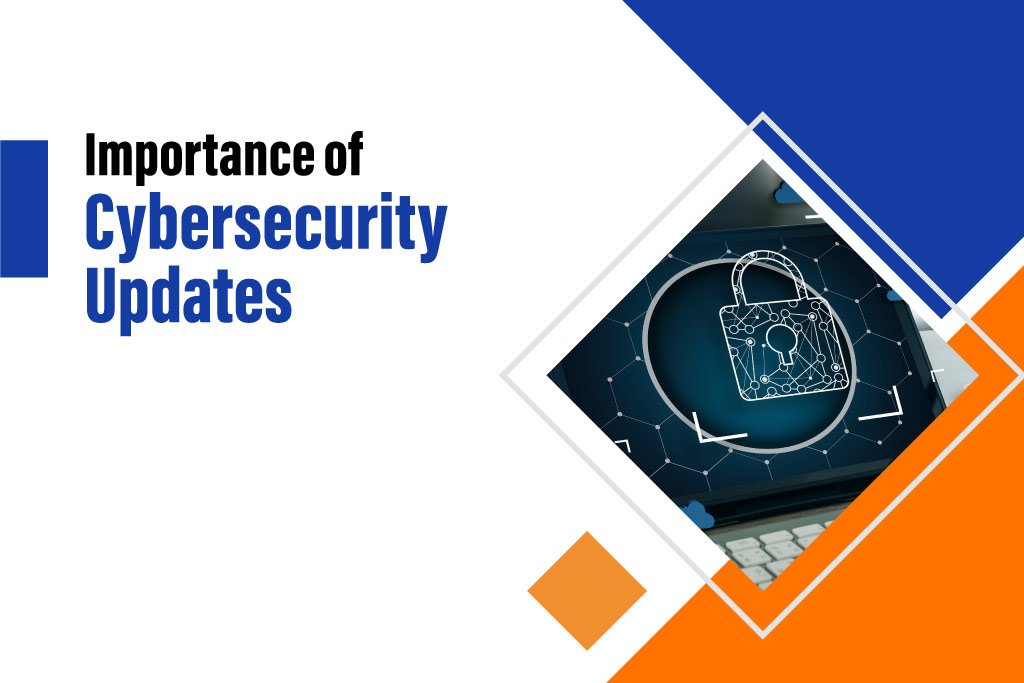
To keep your device secure and running smoothly, it is necessary for software updates and operating system updates. For college students, they need to acknowledge the importance of cybersecurity. Nowadays, the cybersecurity colleges in Coimbatore encourage students in learning the importance of software updates and patch management. However, this article highlights how patch management is important for business nowadays and best practices.
Define: Patch management
Patch management enables the detection, downloading, installation, and reporting of updates on a computer system to be managed ideally. Patch management includes both operating system (Windows) and third-party (Adobe, Java, Office, and many others) patches. Patch management streamlines the procedure to eliminate the need for man hours spent manually applying and verifying patches on each computer. Reporting is an essential component of any patch management system since it is crucial to ensure that your patch management solution is operating as intended.
Importance if patch management and cyber security:
Operating systems and other software vulnerabilities are fixed by patches. If you keep up with tech updates, it seems like someone finds or makes public a new vulnerability at least once a week. To lessen these vulnerabilities, patches are made available. Patch management is made worry-free with patch management solutions.
Every workstation and server in your company needs to have its patch status checked to make sure that patches are being installed on time, so in case a problem develops during installation. You can resolve it swiftly and frequently without causing any disruption to users.
Importance of software updates in business:
Regular software updates are a great way for everyone in the company to ensure the strong security of your systems. This is crucial for both your personal devices and the organization.
Increasing security: Patches for vulnerabilities that hackers use to break into networks are frequently included in software updates. You can improve the overall security posture and reduce the risk of zero-day vulnerabilities from updating your software.
Preserving system stability: Updates and patches enhance the general efficiency and reliability of software and devices along with fixing security vulnerabilities. This assures fewer errors or crashes, more seamless app and integrated software usage, and the highest level of operational continuity. Rather than making your daily tasks take longer, updating and patching, when necessary, can make it go faster.
What are the best practices for software updates and patch management?
The idea of patch management and routine software updates occurs far above the scope of your work or business devices. All the devices in your digital ecosystem, from smartphones to home routers, give to the maintenance of overall cyber security. One type of social engineering attack is the fake update scam, which aims at deceiving you into downloading and setting up a malicious file under the disguise of a software update. Anytime you may come across an update page for any software, you should always exercise cautiousness and vigilance.
- Smartphones: Do you use your smartphone to access data or apps for work? It is critical to make sure these devices receive regular updates. If these updates are ignored, apps may stop functioning as intended and the device may become vulnerable to malware. Enabling MFA (Multi-Factor Authentication) leaves your mobile and app data vulnerable to outsiders logging in under your identity.
- System environments: All computer systems require regular updates and patches, no matter the operating system. Along with offering security fixes, updates frequently improve the stability and performance of systems. Hackers may use a compromised personal computer as a point of entry to get into a company network.
- Devices at home: The significance of protecting home networks has been revealed from remote work. Usually disregarded hardware, such as routers and modems, can be used as weak points in a cyber security attack. Updating these devices on a regular basis helps stop unauthorized access to home networks, which can also act as points of access for private financial information.
- Devices that are forgotten: If a device is not used frequently, it is possible for it to be neglected and not receive updates. Every unpatched device gives hackers a chance to enter the network. It is essential to have an up-to-date network schematic and topology map.
Conclusion:
Apps and operating systems are now important to keep safe and stay away from being a victim of cyberattack. You can manually update your software and hardware which keeps your mobile function smooth and secure. The best engineering college in Coimbatore ensures that students learn how patch management functions and how to safeguard their devices from malware and other enhanced security systems. This also helps in getting the best deal when it comes to business as there is lots of data in use when the system is not updated, then it turns out to be a victim. Therefore, cybersecurity is necessary for the companies to safeguard their network and data.
